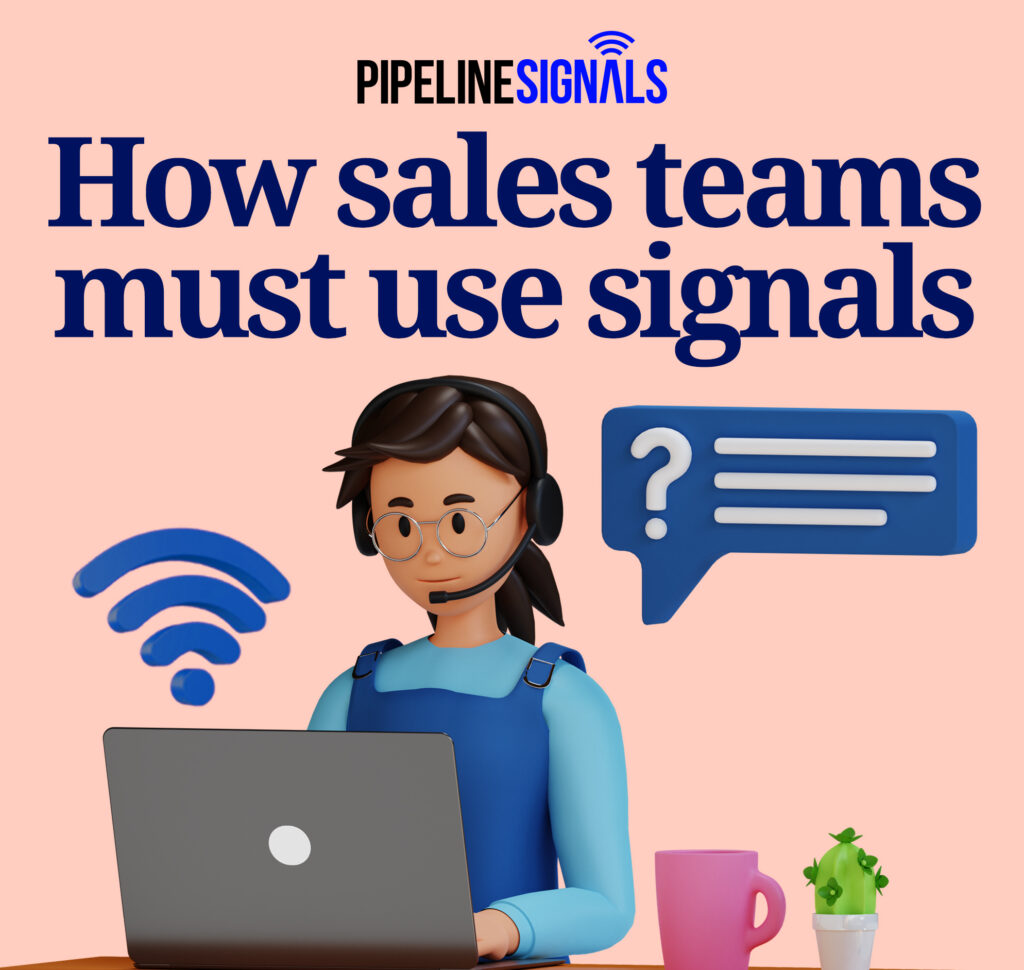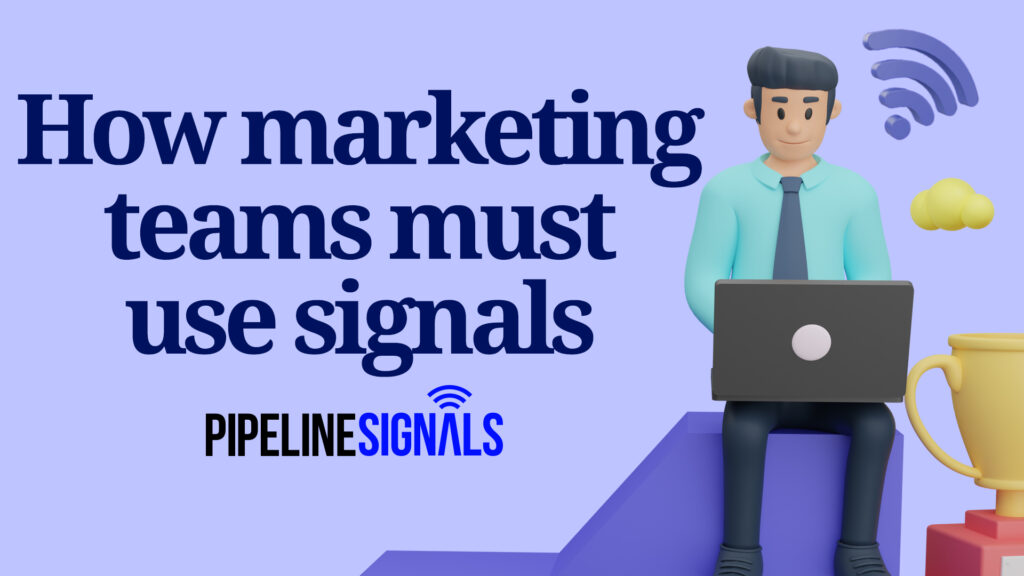By employing signals intelligence, demand generation may be increased which can subsequently be used in both lead generation and by outbound revenue teams. In this article, we will look at how members of your organization can utilize trigger signals effectively to increase demand for your product and services.
The modern buyer’s journey
To understand how you can make use of signals effectively, one must first understand the buyer’s journey. A buyer’s journey is an active research process that a potential buyer goes through before completing a purchase. It includes the Awareness Stage, Consideration Stage, and Decision Stage.
In the Awareness Stage, a prospective buyer has become cognizant of the issue with which he or she is dealing and has begun researching the matter. The next stage is the Consideration Stage, in which clients have identified their issues and are looking for a solution. Finally, during the Decision Stage, the prospective buyer builds a list of all available solutions and chooses which one to avail of.
It’s crucial to understand how those in the buying team conduct their research. After all, if a potential buyer is going to choose a solution, they need to know more about it and other options. This is especially true in B2B because once a team member decides to test your solution, they must persuade the rest of the team to concur with them.
The internet, naturally, plays a significant part in this process. While not all of those searches are made by someone on the buyer’s journey, a significant part of them might result in a potential buyer interacting with the seller.
Most of the Buyer’s Journey is now completed digitally, and buyers typically complete more than half of their buyer’s journey before interacting with sellers. As a result, by the time potential consumers contact you, they’ve already spent a significant amount of time investigating their issue and gathering signals while formulating ideas on what to do. You may contact the purchasing team early in the buyer’s journey by using signals.


How sales teams must use signals
Using signals correctly may provide sales and marketing teams with several advantages and possibilities. Your sales team may utilize signals to gain valuable insight into your accounts’ thoughts and remain ahead of the pack.
By helping your sales team to comb through their marketing leads and an extensive list of target accounts, signals may help boost sales productivity. Your sales team will get insight into which clients and businesses should be targeted by showing which are likely in active purchase cycles by merging signals with account score models.
By giving additional information about what is going on inside the purchasing team, signals can help you close more transactions. With enough context and solutions which analyze a user’s behavior and actions on your site, signals might reveal where each member of the purchasing team stands and who is interacting with your content directly. Signals may also help with churn reduction and upsell opportunities.
Signals with context might reveal which of your current accounts are studying rivals or looking for other things you sell. Your sales team may use this information to intervene before the non-renewal notice arrives or create a fresh upsell with an extra product or service.


How marketing teams must use signals
Signals also have many marketing-related applications. In today’s environment, the spray-and-pray method isn’t nearly as effective as the newest analytics-based marketing approaches.
Today’s greatest difficulty for marketers is to break through the clutter and capture their intended audience’s attention. Signals can help you figure out who you should target and what message will appeal to them. Signals can reveal anonymous site users’ firmographic characteristics as well as issues of interest to your target audience.
By targeting digital advertising on the proper accounts, businesses that are currently interested in acquiring what you sell, your marketers can get more value out of their campaigns.
Your marketing team will be able to customize content and promotional messages according to the topics of interest of potential clients, as well as order this content during the various stages of the buyer’s journey so that prospective clients are nurtured into leads for the revenue team to pursue, using the insights trigger signals provided.
Another field where signals may be useful to the marketing team is event marketing. Meetings and events are effective marketing tools, and since they involve such a large investment in time and money, filling every seat is essential. Event organizers might boost their return on investment by targeting accounts and geographical areas keen on their goods and services using signals.
They may also use signals, as well as data from registered attendees and previous attendees, to develop a profile of someone who would most likely attend the event if they were aware of it. The marketing team may then deliver targeted direct outreach and advertisements to targets that share the profile’s interests. As a result, there is more outreach and attendance.
Conclusion
Compelling event signals are essential for enhancing the efficiency and alignment of your sales and marketing teams. Knowing the sort of data you want, how to obtain it, and how to make the greatest use of it is, however, more difficult than it appears.
Not all signals are created equal, and not every solution meets your requirements. Make sure to choose a solution that can help you design a marketing strategy that uses signals to uncover insights and create campaigns that provide a high return on investment for your company.


